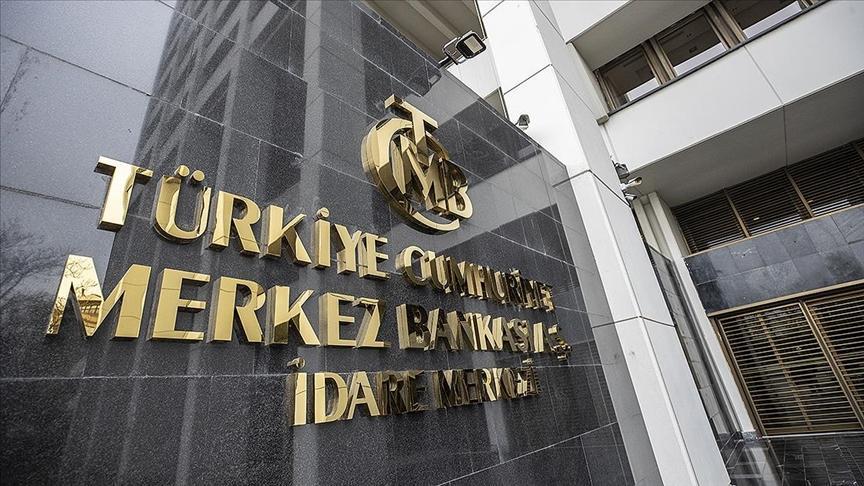The great birds of Middle Eastern legend: Myths or reality?
NIKI GAMM Hürriyet Daily News

The anka has been portrayed as big eagle. The female anka has eight wings while the male has many different colors and is distinguished from the female by a white ring of feathers around its neck.
Animal Planet and The Discovery Channel recently presented us with a new theory – a branch of humanity marched down to the sea one day and adapted to life within it, so we have mermaids. Or do we? Sightings, depictions, legends, even Kevin Costner’s film Waterworld have failed to convince us.But Adrienne Mayor, a research scholar of Classics, History and the Philosophy of Science, has written about the possibility of our ancestors mistakenly interpreting fossil remains that were readily found in Turkey, Greece and Italy as the remains of gods, giants, centaurs, griffons and other kinds of monsters. Herodotus, the fifth century BC Greek historian, wrote, “There is a place in Arabia, situated very near the city of Buto, to which I went, on hearing of some winged serpents; and when I arrived there, I saw bones and spines of serpents, in such quantities as it would be impossible to describe. The form of the serpent is like that of the water-snake; but he has wings without feathers, and as like as possible to the wings of a bat.” But Mayor does not take it as far as current speculation that human beings overlapped with animals that are now extinct and our knowledge of them has been passed down to us in oral literature to eventually enter written literature and artistic depictions in the Middle East.
A huge bird in the Mountains of Qaf
What about the anka bird? It was described as a huge bird that lived in the mountains of Qaf (the mountain chains believed to surround the earth, which was thought to be flat) and it was thought there was only one in existence at a time. It is particularly found in poetry and stood for the mightiest power in existence or love. It was sometimes identified with the simurgh (senmury) as well as with the phoenix and Sindbad’s roc.
The anka has been portrayed as big eagle. The female anka has eight wings while the male has many different colors and is distinguished from the female by a white ring of feathers around its neck. The wingspan is thought to have been roughly the equivalent of the breadth of five elephants, or 20 feet, and it had a horrendous voice.
The phoenix, also a huge bird, is supposed to collect a funeral pyre and die on it. Then its offspring rises anew from the pyre and taking his father’s ashes, deposits them in front of the Temple of the Sun in Heliopolis, Egypt, every 500 years. It is known only from pictures which apparently show it as resembling an eagle whose feathers are coppery red and gold. It is said to spend the time it is not in Egypt flying around Arabia.
Sindbad’s roc is found in Arabian legends. Sindbad is a sailor whose misfortunes always end in his becoming wealthier than before and in two of them he encounters rocs. Marco Polo, in his account of his travels, describes the roc as a bird so huge that it could lift an elephant. Sometimes a recounting of this legend has the bird snow white.
As for the simurgh, in the Shahnama, the great 11th century Iranian epic poem of Ferdowsi, Prince Zal, the son of Saam was born an albino, so his father considered him the spawn of the devil and abandoned him to die. But he didn’t die because he was adopted by the simurgh and taken to her nest where she raised him. Years later, Saam regretted what he had done and when he learned his son was still alive, he called him back. As Zal left the simurgh’s nest, she gave him some of her feathers to burn if he ever needed help. Zal eventually became shah of Iran and fathered Rustam, the great hero of the Shah-nama.
The simurgh is best described in a 13th century Persian book known as “The Conference of the Birds.” In it the author, Farid ad-Din ‘Attar (d. 1230), described how 30 of the birds (si means 30 in Persian, murgh is bird) decided to seek out their leader, the simurgh, the mythical bird who represents God. They had to pass through seven valleys which represent the spiritual way before they reached the simurgh. There they meditated and then asked the simurgh what was the secret of the mystery of the unity and plurality of beings. The answer was to annihilate themselves in the simurgh because there they would find themselves. In other words, this was one of the earliest examples of an allegorical journey in Middle Eastern mysticism. Mevlana Celaleddin Rumi (d. 1273) is supposed to have been greatly influenced by ‘Attar’s work.
In another example, the physician Hypocrates has mounted a simurgh and is off to the Kaf Mountains, presumably to obtain medicine.
Blue the most expensive color
One of the more familiar depictions of the simurgh is its fight with dragons. The dragon in serpent form is the guardian of treasures and secret objects as well as the tree of life. The dragon which Bahram Gur attacked is depicted in a 14th century manuscript now in Topkapı Palace as a dynamic coiled spring with a sinister black mane but its body painted a cerulean blue. Blue was a favorite color of the Mongols and was considered lucky. It represented the idea of the heavens and luxury because it was the most expensive of colors. The scales on the body of the dragon are very conspicuous. Its fangs suggest a snake but it has four legs which end in three claws. Another dragon painted in 1330 shows Gustasb, a shah of Iran, fighting with it. It also has four legs but with five claws. It has scales on the upper part of its torso and striped on its underbelly. Sporting two horns, an almost elephant-shaped head with an open mouth filled with sharp teeth on the bottom part of the jaw. A golden ridge extends from its neck, which appears to have a white beard in a jagged line from the head to the tail.
Islamic art historian Esen Atıl has written about the ceremonial sword made for Sultan Süleyman the Magnificent in 1526/7.
“The upper portion of the blade shows the combat between a dragon and a senmurv in a fantastic landscape.” The animals are gilded and rubies are inset as eyes. This was a scene that was frequently reproduced. It symbolized the coming of the spring rains. Did these birds ever really exist? Perhaps one day we’ll find their fossils; perhaps mankind once really saw these birds fly. If you have your doubts, remember the Coelacanth, a fish thought to have gone extinct 65.5 million years ago only to be rediscovered in 1938 off the coast of South Africa.
















